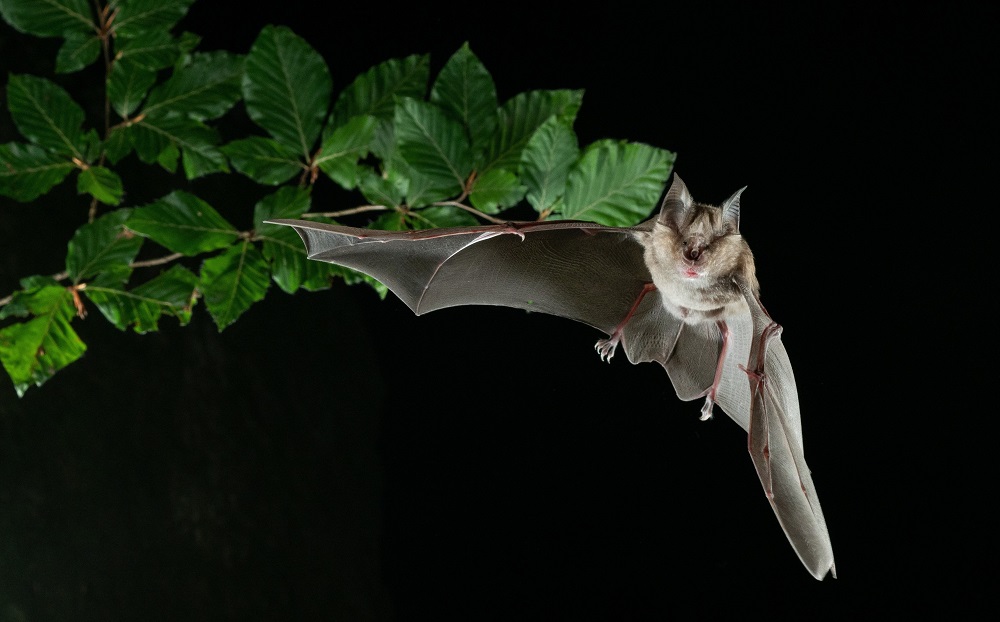- This finding, with the participation of CSIC, could shed light on the unique properties of bats in relation to their remarkable anti-ageing and anti-cancer responses.
- Published in the journal Cell, the methodology developed has made possible to obtain the first induced stem cells from bats and opens the way to study how viruses behave.?
Understanding crucial and unique aspects of bat life has so far been limited by the absence of cellular models for study. Researchers at the Doñana Biological Station (EBD-CSIC) have participated in a study that has made it possible to generate the first induced pluripotent stem cells (iPSCs) from bats. In addition, this new methodology has revealed the close evolutionary relationship between bats and viruses. In fact, it opens the door to study how viruses survive, spread and evade the immune system through molecular adaptations to their hosts.
The findings of the EBD-CSIC team, in collaboration with a research group from Mount Sinai Hospital in New York led by Thomas Zwaka and Adolfo García-Sastre, have been published in the prestigious journal Cell. This finding may also shed light on the unique properties of bats that underlie their remarkable anti-ageing and anti-cancer response.
Based on the bat shelter inventory, carried out in collaboration with the Junta de Andalucía, researchers Javier Juste and Carlos Ibáñez, from EBD-CSIC, selected the greater horseshoe bat (Rhinolophus ferrumequinum) as the most suitable species for the study. With the collaboration of different institutions, they were able to obtain samples and send the base material for the study in record time to USA, despite the extreme difficulties of confinement in the first phase of the covid-19 pandemic.
"Our study suggests that bats have evolved mechanisms to tolerate a large number of viral sequences, and may have a closer relationship with viruses than previously thought," says lead author Thomas Zwaka. "This is of new relevance given that many bat species have been shown to tolerate and survive groups of viruses that have high mortality rates in humans. The reason could be a modulation of the bats' innate immune response, which makes them asymptomatic, virus-tolerant hosts," he adds.
A new methodology
Until now, there have been no reliable cellular models to study the biology of bats or their responses to viral infections, making it difficult to understand their genomic adaptations. The new methodology developed in this work has made it possible to obtain induced pluripotent cells from tissue samples of the greater horseshoe bat (Rhinolophus ferrumequinum) provided by the CSIC team. This species was selected because it belongs to a group of bats that are typically asymptomatic carriers of coronaviruses, including some closely related to SARS-CoV-2.
According to Adolfo García-Sastre, "the most extraordinary finding has been the presence of large vesicles in bat stem cells filled with viruses belonging to all major viral families, including coronaviruses, without compromising the ability of the cells to proliferate and grow. This could suggest a new paradigm for virus tolerance, as well as a symbiotic relationship between bats and viruses, or whether viruses are serving as agents and editors in aspects of host biology in ways that come to influence their evolutionary patterns."
For their part, Doñana Biological Station researchers Javier Juste and Carlos Ibáñez announce that they hope that "bats, unjustly socially denigrated, will help us to understand and use the special mechanisms of tolerance to viral infections that they have evolved, and their response to the tactics employed by viruses to evade the immune system" in our own response to viral infections.
Marion Déjosez, Arturo Marin et all. Bat pluripotent stem cells reveal unusual entanglement between host and viruses. Cell. DOI: doi.org/10.1016/j.cell.2023.01.011c
Contacto prensa: outreach@ebd.csic.es
www.doi.org/10.1016/j.cell.2023.01.011c

